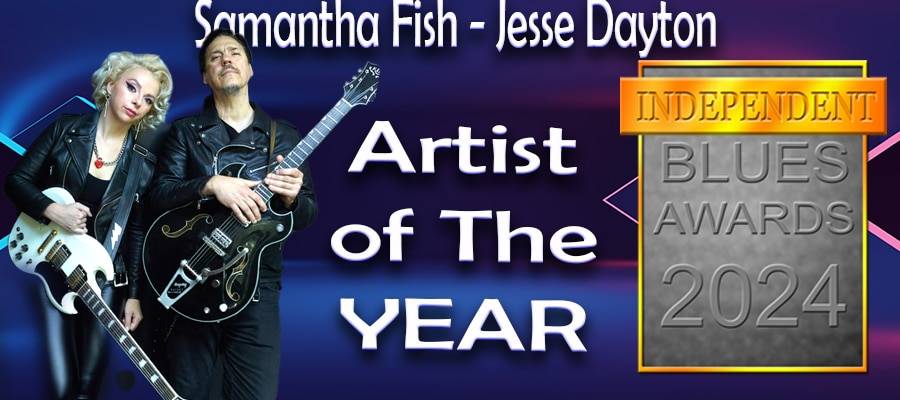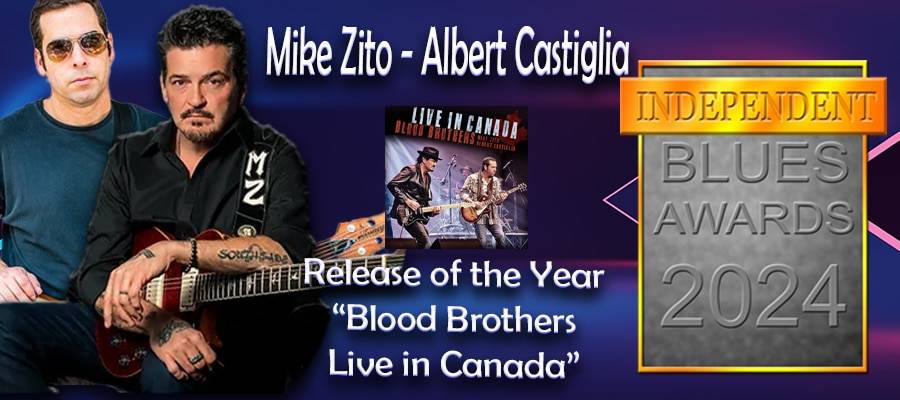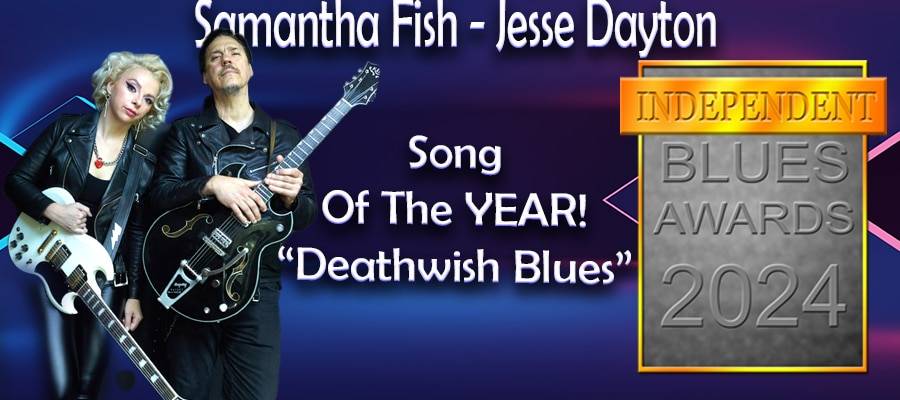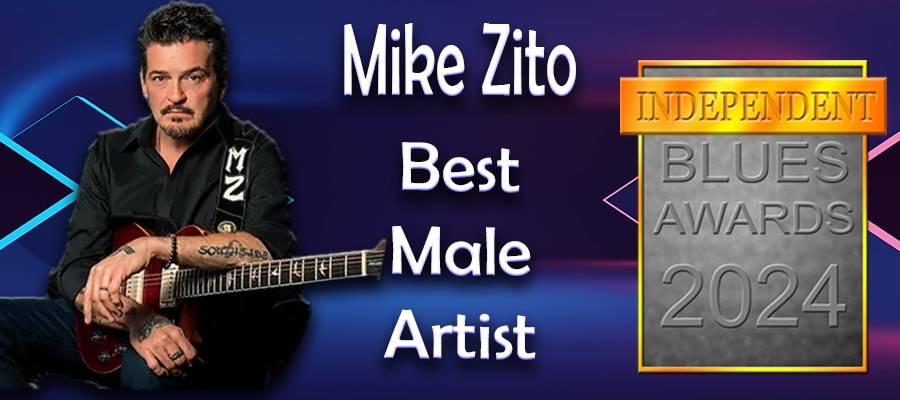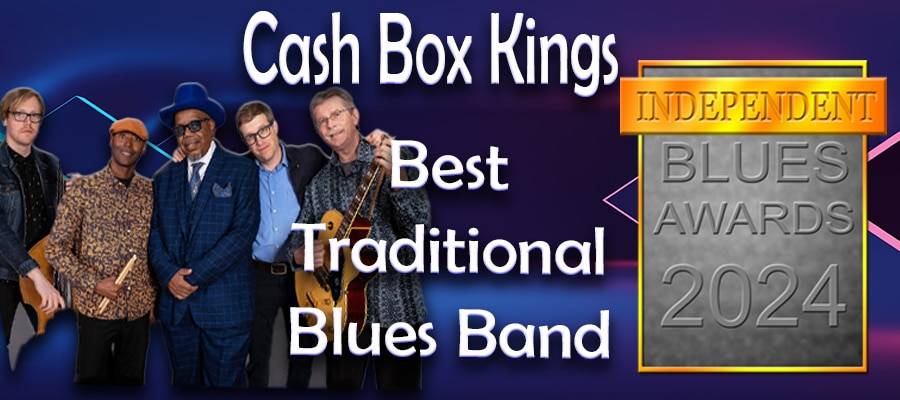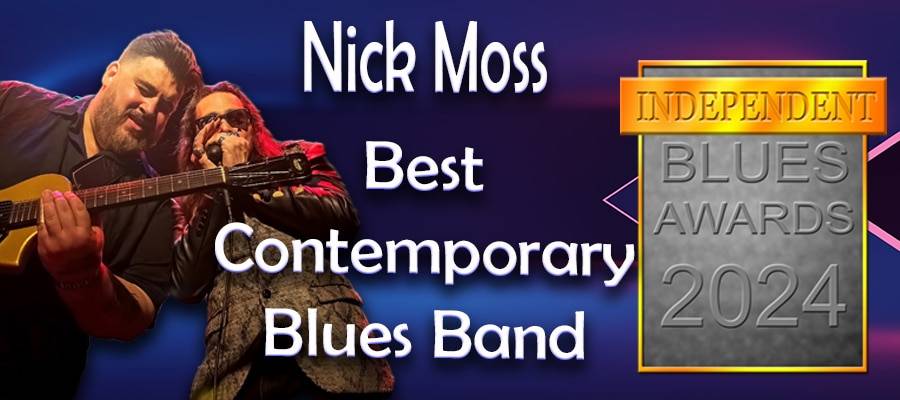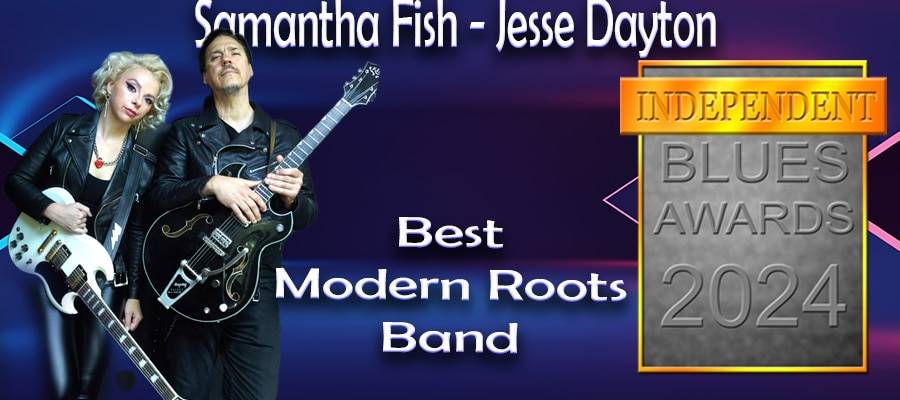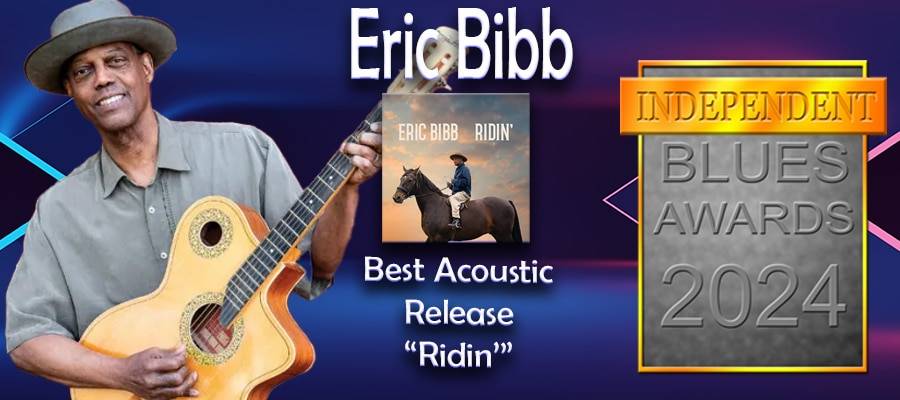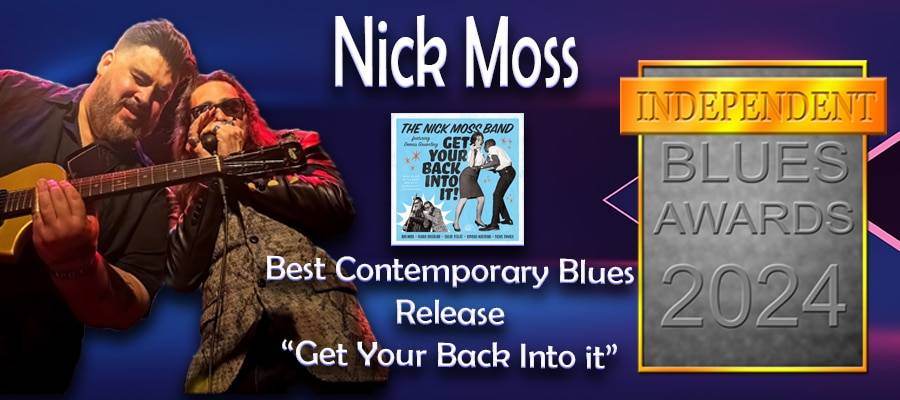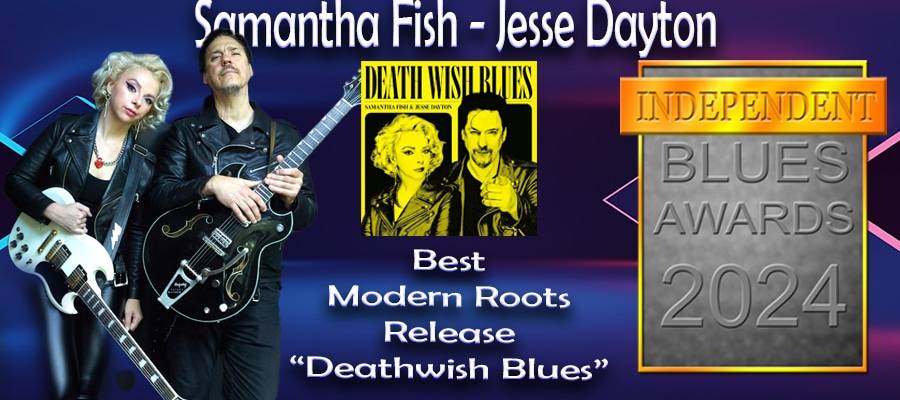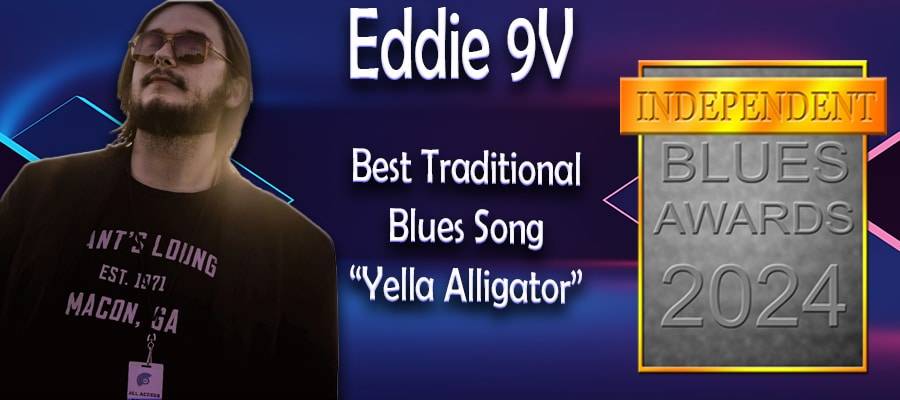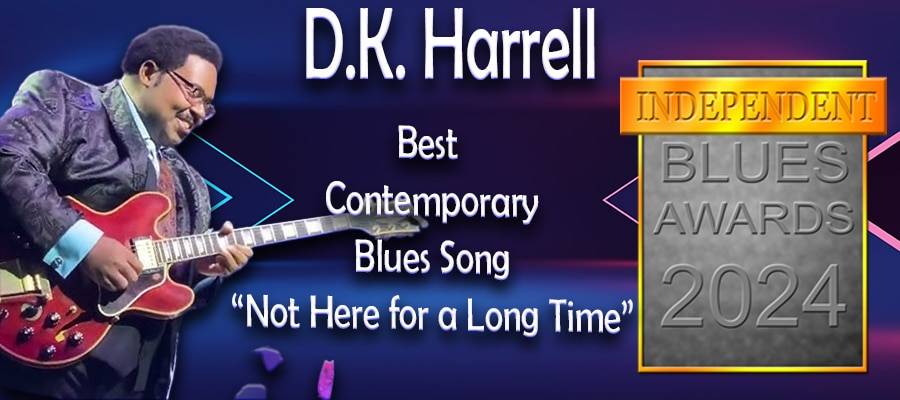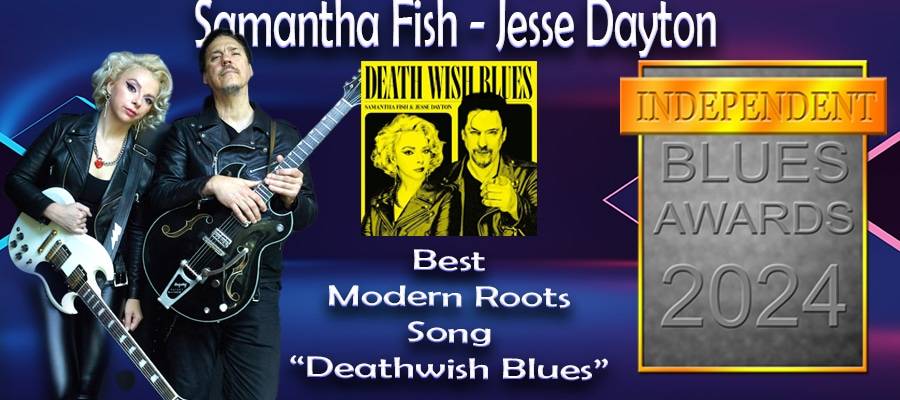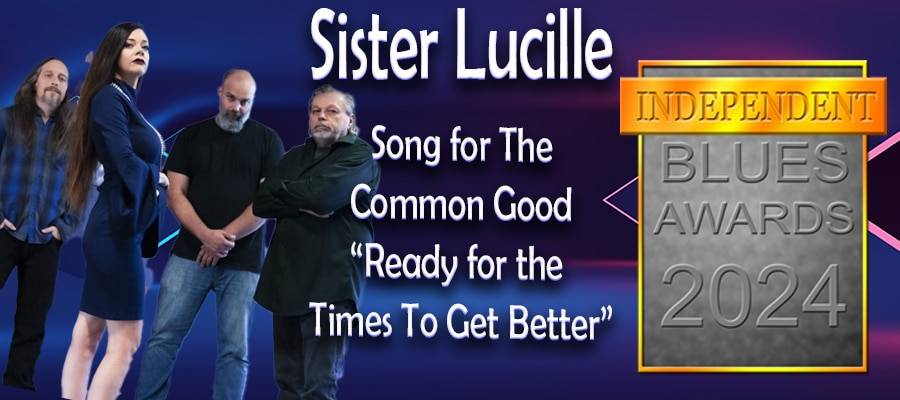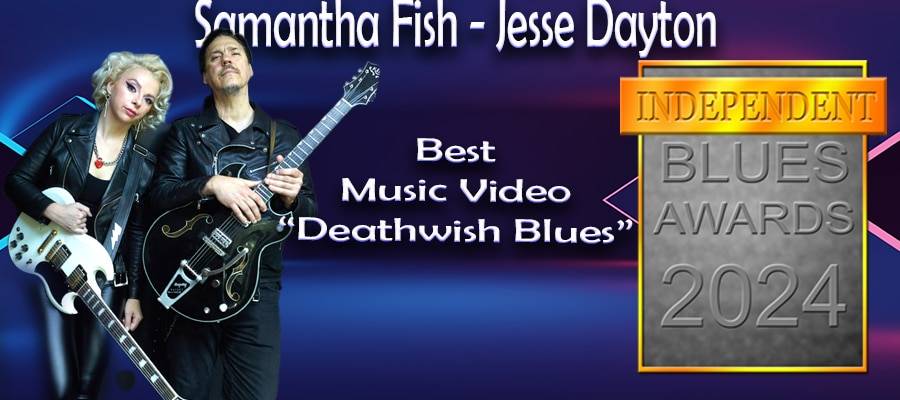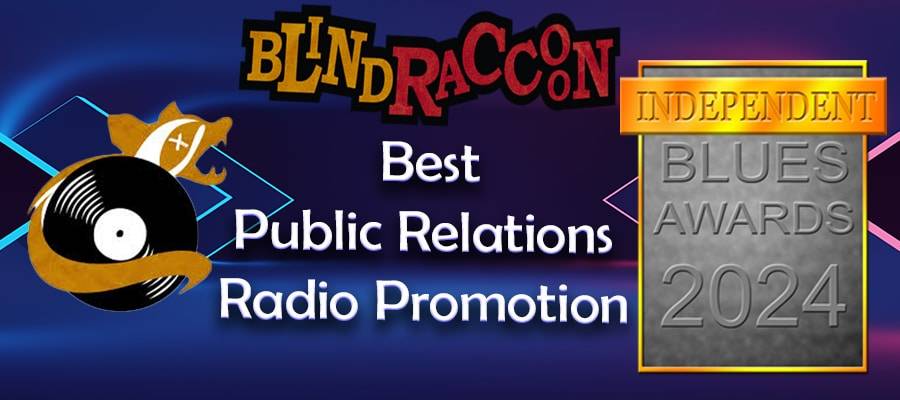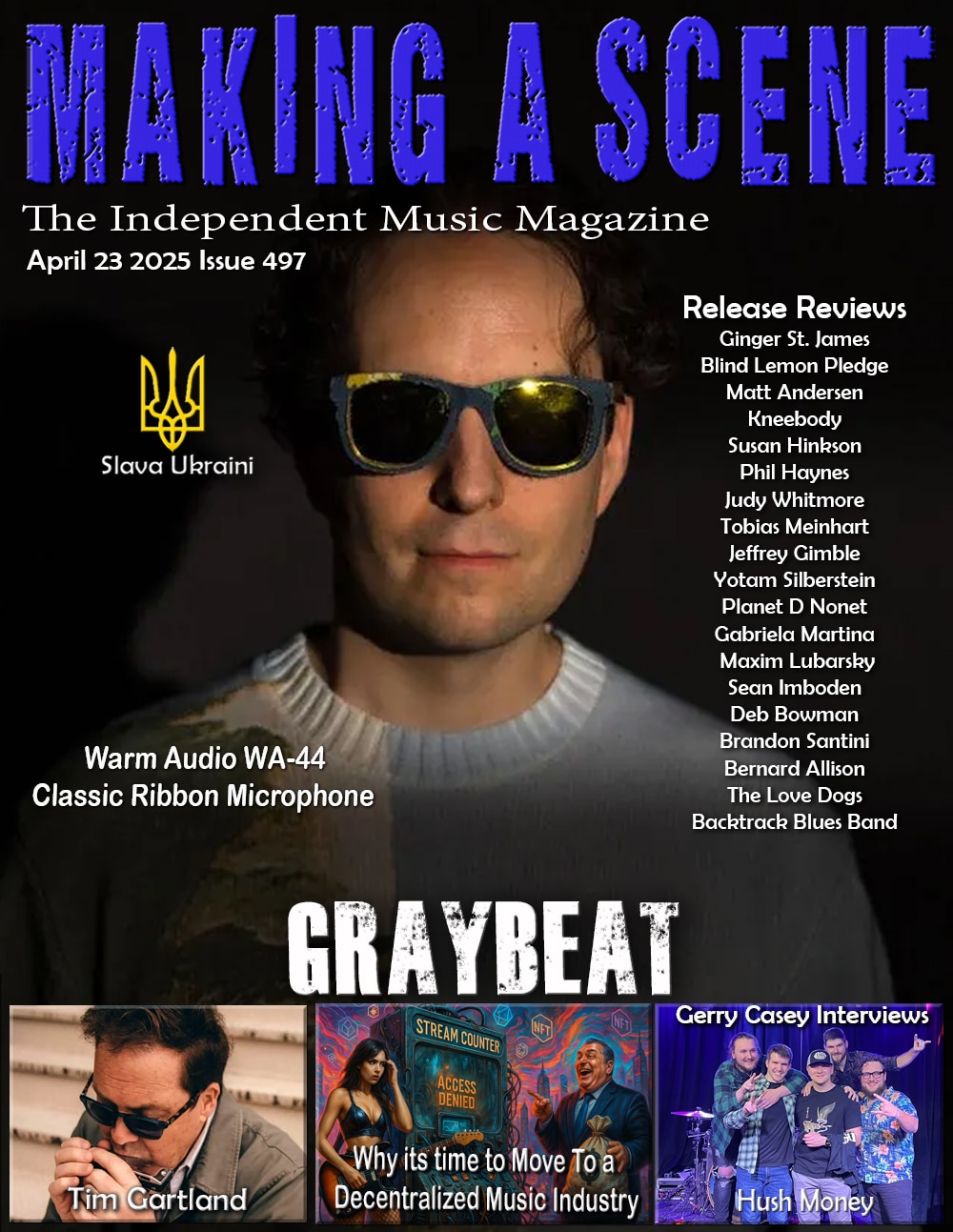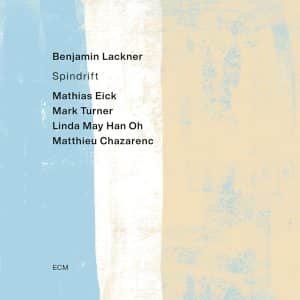Benjamin Lackner Spindrift
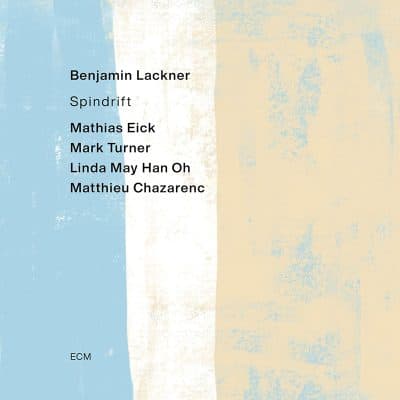 Benjamin Lackner
Benjamin Lackner
Spindrift
ECM
Recently a term developed called “dream jazz.” Yet, given that Manfred Eichner’s ECM label has been around for five plus decades, that same term could be applied to many of the label’s recordings. We’ve all long become familiar with the ECM sound – usually the epitome of restraint, understatement and subtle lyricism; all with excellent sound quality. Occasionally, as with John Scofield or the likes of Jacob Bro and Joe Lovano, or even Vijay Iyer, the label may issue something more exciting. Not being familiar with pianist Benjamin Lackner, the presence of tenor saxophonist Mark Turner and bassist Linda May Han Oh suggested we may be on the ‘exciting’ side but in fact Lackner’s Spindrift falls right in line with the classic ECM calm, understated milieu. The configuration is the classic jazz quintet of the two horn front line with Mathias Eick joining Turner. Drummer Matthieu Chazarenc joins Han Oh. A quintet of this type has rarely played with such restraint. Most of the pieces are centered on the two horns. Interestingly, the entire rhythm section, including Lackner, has a very subtle presence, similar to chamber music. Sometimes the three are barely audible. Lackner with a pointed metaphor said recently: “We work by holding back, kind of like cooking on a lower flame.”
Lackner had apparently long sought to record for ECM, eventually doing so with 2022’s Last Decade. With the exception of Eick this is completely new set of collaborators. Following Lackner’s rather minimalist approach and the soft tones of Eick, all these players proceed with utmost restraint and quiet focus throughout the record. Han Oh falls right in line with this soundscape with her earthy, wooden bass tones. Turner, who can be bracing and intense, is as calm and graceful as we’ve ever heard him or record. Part of that is due to these through composed pieces, that don’t allow much room for improvisation. The focus is on the intertwining horns rather than an exchange of solos although there are some. Lackner composed over 100 pieces for the record, showing up at the studio with 20 that were culled down to these ten, one written by Chazarenc. Lackner had a vision much like a impressionistic painter. It just flows over you like a refreshing shower, so comfortable that it just begs the listener to just close the eyes, tune out everything else and remain in this state of meditative beauty as one piece seamlessly flows to the next.
Unlike the other pieces, Turner takes the lead on the opening title track, spinning his lyrical lines to the understated accompaniment of the rhythm section. This segues directly to “Mosquito Flats” which is even gentler, led first by Lackner and buoyed by the interplay of the two horns, remarkably in sync in their graceful rubato delivery. Toward the end of the piece we do hear Eick in a more animated posture than on most tracks. Lush harmonies continue through “More Mesa,” the piece where Lackner steps out and takes an exploratory solo, the title commensurate with the spaciousness of his offering before the two horns engage in thoughtful dialogue over piano arpeggios and the drumming advances the pace.
“Chambery” written by Chazarenc, is distinct from Lackner’s piece, brimming at the outset with joyful quality and fanfare like in the two horns before exiting in a more melancholy vein. “See You Again My Friend” understandably has a yearning melody, like the most bitter of farewells with Eick making a definitive statement before joining with Turner, the latter’s brasher tones meeting the trumpeter’s remarkable pillowy ones in glorious harmony. Searching melodies and an expansive, enveloping sound highlighted by Han Oh’ bass solo mark the slowly plodding “Murnau” while “Fair Warning” features Turner and Eick in a slightly more muscular exchanges, still to a tempo that seems suspended in ether.
“Anacapa” is built on the lyrical coupling of the two horns, paced simply by a few scalar runs from Lackner and the soft back-beat of a cymbal stroke. “Ahwahnee,” named after the region around Yosemite brings four instruments sans piano into focus in reflective conversation. As per the the other pieces, the closer “Out of the Fog,” which is supposed to symbolize a journey from confusion to clarity, still remains at a stealthy tiptoeing pace.
Yes, the overall tone of the album is purposely dark as Lackner felt compelled to contemplate obvious political turmoil, especially in the U.S. He commented, “There may be bleaker undercurrents on this album, coloured by underlying sadness, perhaps even fear. But I do hear hope in there as well.” Nonetheless, melancholy aside, it’s unequivocally beautiful throughout.
– Jim Hynes
BUY NOW
Buy Us a Cup of Coffee!
Join the movement in supporting Making a Scene, the premier independent resource for both emerging musicians and the dedicated fans who champion them.
We showcase this vibrant community that celebrates the raw talent and creative spirit driving the music industry forward. From insightful articles and in-depth interviews to exclusive content and insider tips, Making a Scene empowers artists to thrive and fans to discover their next favorite sound.
Together, let’s amplify the voices of independent musicians and forge unforgettable connections through the power of music
Make a one-time donation
Make a monthly donation
Make a yearly donation
Buy us a cup of Coffee!
Or enter a custom amount
Your contribution is appreciated.
Your contribution is appreciated.
Your contribution is appreciated.
DonateDonate monthlyDonate yearlyYou can donate directly through Paypal!
Subscribe to Our Newsletter
Discover more from Making A Scene!
Subscribe to get the latest posts sent to your email.

